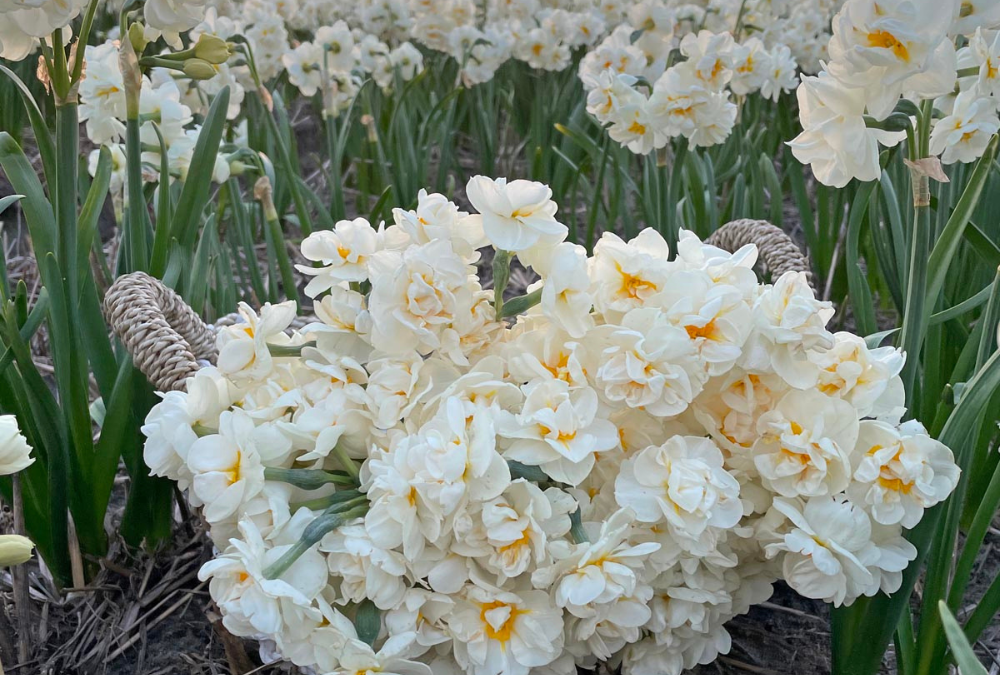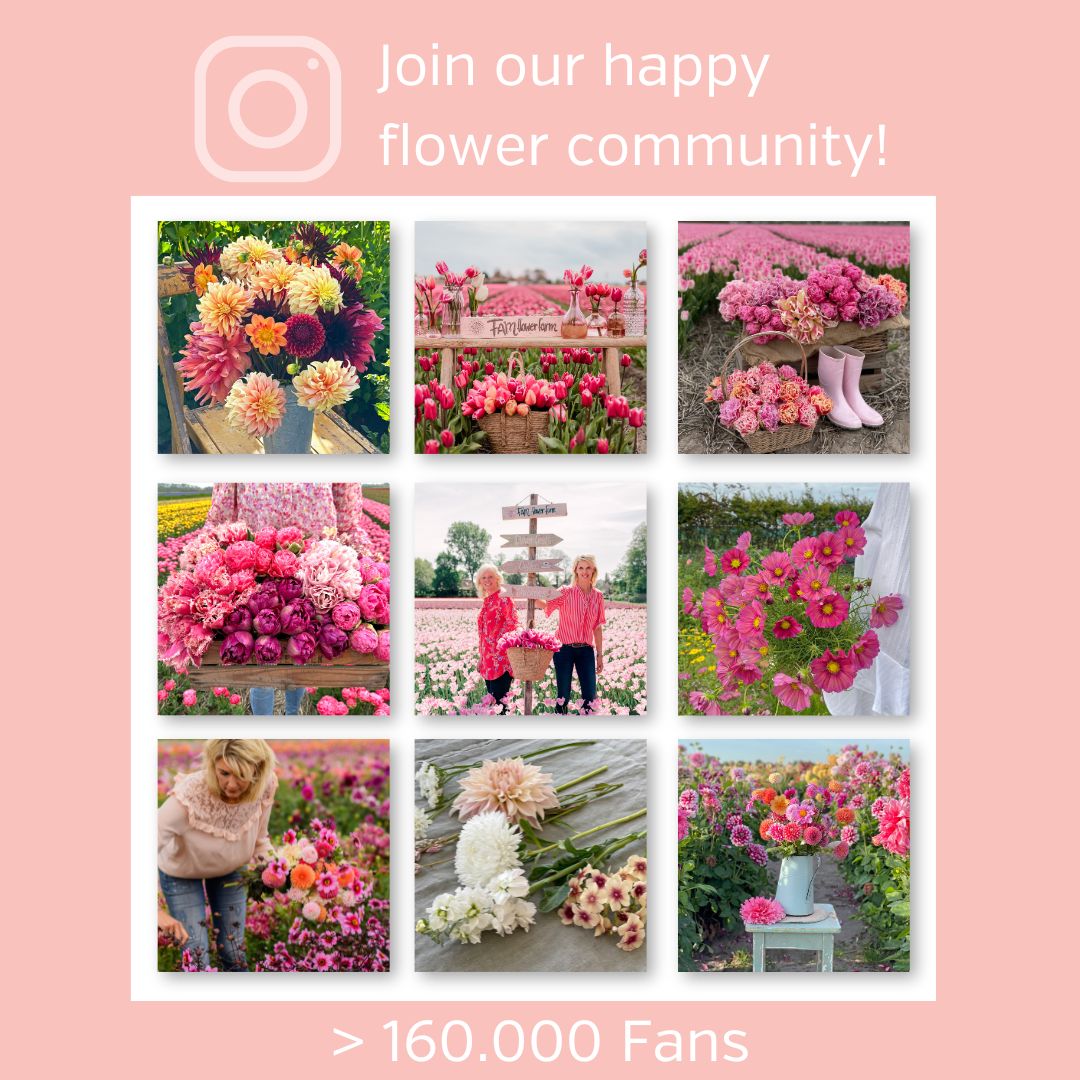If you’re unsure about how to plant your daffodil bulbs, we're here to help: read on to find out how to plant daffodils and keep them coming back year after year.
Daffodils from FAM Flower Farm
When daffodils start to emerge from the ground in early spring, it’s one of the first signs that the new season is on its way. Daffodils are beautiful flowers that are available in a range of colours – and they have a wonderful fragrance too. The yellow daffodil is probably the most well-known variety, but did you know that you can also get white daffodils? These flowers are sure to create a magical, fairytale look in your garden.
The Tete a Tete is one of the most well-known daffodils. The Tete a Tete is planted in exactly the same way as all other daffodil varieties.
Planting daffodils in your garden
Plant your daffodils in a sunny spot in October or November. By planting them at this time of year, you’ll give the bulbs plenty of time to put out roots before the depths of winter. Loosen the soil in the area where you want to plant your daffodil bulbs; the easiest way to do this is with a spade. Then use your spade to dig a hole. You could also use a bulb planting tool for this job.
Place the bulbs in the hole with the pointed ends facing upwards and the rounded ends downwards. As FAM Flower Farm supplies large daffodil bulbs, we recommend planting the bulbs at a depth of 15 cm, with around 15 cm between each bulb.
Once your bulbs are in place, you can fill in the hole. Press down the soil lightly. If the ground is very dry, you can water the area. This will encourage the bulbs to put out roots quickly, which will protect them against very rainy or cold conditions. You could also cover them with leaves or another organic material.
Caring for daffodils
Water the bulbs when the ground is dry. You don’t need to water them every day. Unlike tulip bulbs, daffodil bulbs are perennial, which means that they last longer than one season and are a permanent addition to your garden. When the flowering period is over, cut the stems (leaving the foliage in place). The bulbs will remain in the ground and multiply naturally, so you’ll get to enjoy even more flowers next year.
Some daffodils make excellent cut flowers too – just cut off the stems at an angle and place them in a vase. Daffodils shouldn’t be placed in vases with different varieties of cut blooms, as the slime released from their stems will prevent the other flowers from blooming properly.
















